Home>Technology>Smart Home Devices>How Long Do Printer Ink Cartridges Last
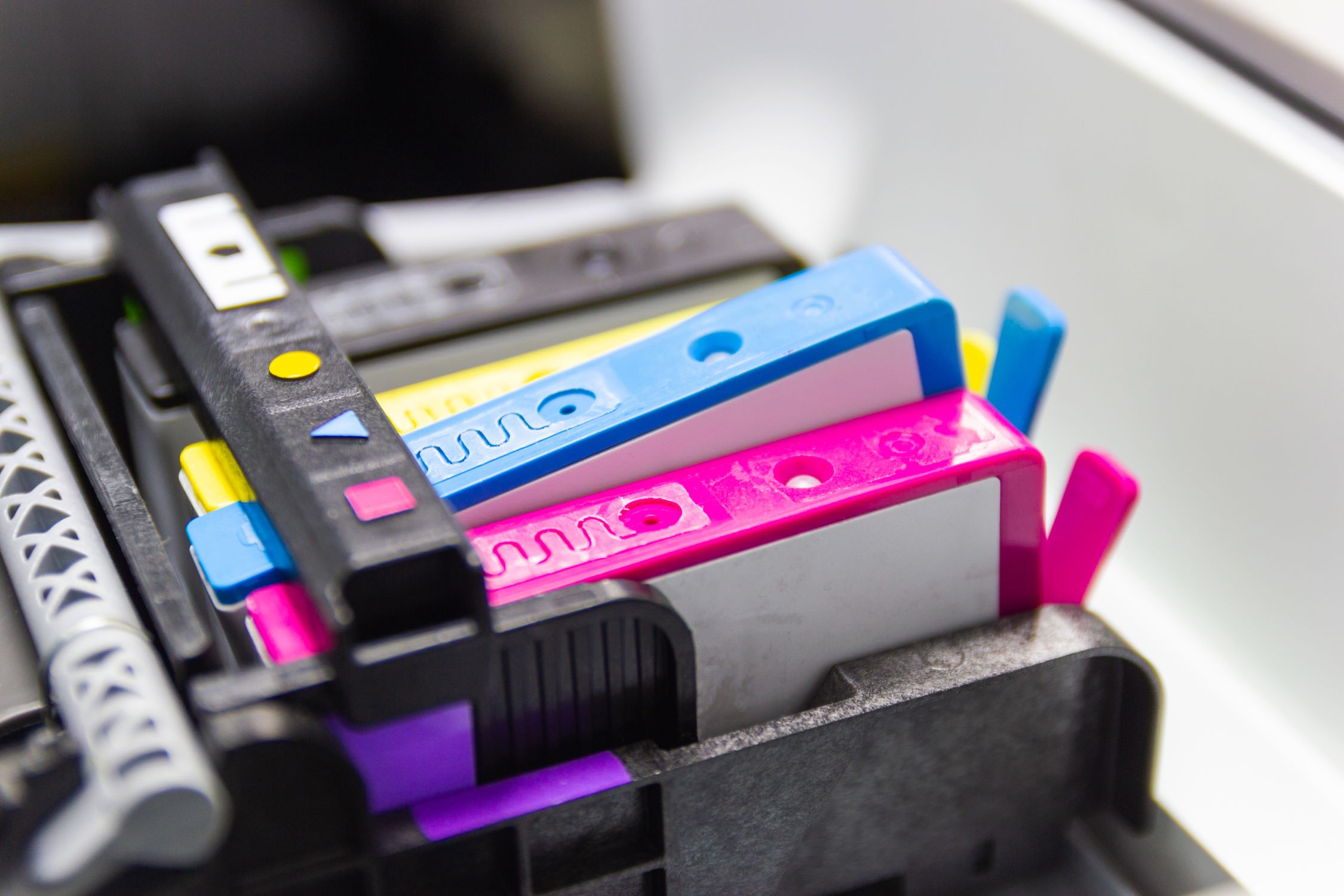

Smart Home Devices
How Long Do Printer Ink Cartridges Last
Published: January 14, 2024
Learn how long printer ink cartridges last and find out how to maximize their lifespan. Discover useful tips for managing smart home devices efficiently.
(Many of the links in this article redirect to a specific reviewed product. Your purchase of these products through affiliate links helps to generate commission for Storables.com, at no extra cost. Learn more)
Introduction
In today's digital age, printers have become an indispensable part of our lives, whether for personal or professional use. The efficiency and longevity of printer ink cartridges are crucial factors that directly impact the overall printing experience. Understanding the factors that influence the lifespan of printer ink cartridges and learning how to maximize their longevity can lead to significant cost savings and a more sustainable printing practice.
Printer ink cartridges are the lifeblood of any printing device, as they are responsible for transferring ink onto paper to produce high-quality prints. However, the lifespan of these cartridges can vary widely based on several factors, including usage patterns, storage conditions, and the type of ink used. By delving into these factors and implementing effective strategies for prolonging the lifespan of printer ink cartridges, individuals and businesses can optimize their printing resources and minimize unnecessary expenses.
In this comprehensive guide, we will explore the various factors that affect the lifespan of printer ink cartridges, provide practical tips for extending their longevity, and discuss the telltale signs that indicate when it's time to replace a printer ink cartridge. By gaining a deeper understanding of these essential aspects, readers will be empowered to make informed decisions regarding their printing needs, ultimately enhancing their overall printing experience. Let's embark on this enlightening journey to unravel the mysteries of printer ink cartridge lifespan and discover the best practices for maximizing their efficiency and durability.
Key Takeaways:
- Printer ink cartridge lifespan is influenced by usage, maintenance, and environmental factors. Implementing tips like draft mode printing and proper storage can extend cartridge longevity, saving costs and promoting sustainability.
- Recognizing signs of low ink and addressing them promptly ensures consistent print quality and minimizes disruptions. Understanding these indicators empowers users to optimize their printing experience and maintain peak operational efficiency.
Read more: How To Refill A Printer Ink Cartridge
Factors Affecting Printer Ink Cartridge Lifespan
The lifespan of a printer ink cartridge is influenced by a multitude of factors, each playing a crucial role in determining how long the cartridge will last. Understanding these factors is essential for optimizing the usage and longevity of printer ink cartridges. Here are the key elements that can impact the lifespan of printer ink cartridges:
- Printing Frequency: The frequency of printer usage directly affects the lifespan of ink cartridges. Printers that are used infrequently may experience ink drying and clogging, leading to reduced cartridge lifespan. Conversely, heavy usage can deplete ink levels more rapidly, necessitating more frequent replacements.
- Print Quality Settings: Printing at higher quality settings, such as “Best” or “High Resolution,” consumes more ink and can shorten the lifespan of ink cartridges. Adjusting the print quality settings based on the specific printing requirements can help conserve ink and prolong cartridge lifespan.
- Printer Maintenance: Proper maintenance of the printer, including regular cleaning and upkeep, can significantly impact the lifespan of ink cartridges. A well-maintained printer is less prone to issues such as clogging or ink wastage, thereby extending the longevity of the cartridges.
- Environmental Conditions: The storage environment of ink cartridges plays a vital role in determining their lifespan. Exposure to extreme temperatures, humidity, or direct sunlight can degrade the quality of the ink and the cartridge components, leading to premature deterioration.
- Ink Cartridge Type: The type and quality of the ink cartridge itself can affect its lifespan. OEM (Original Equipment Manufacturer) cartridges are typically engineered to provide optimal performance and longevity, while remanufactured or third-party cartridges may vary in quality and durability.
- Print Content: The nature of the printed content can impact ink cartridge lifespan. Printing documents with extensive color graphics or high ink coverage consumes more ink compared to text-based documents, resulting in faster depletion of ink levels.
By considering these factors and implementing appropriate measures, individuals and businesses can effectively manage and extend the lifespan of their printer ink cartridges. In the subsequent section, we will delve into actionable tips for maximizing the longevity of ink cartridges, empowering users to make the most of their printing resources.
Tips for Extending the Lifespan of Printer Ink Cartridges
Maximizing the lifespan of printer ink cartridges not only conserves valuable resources but also reduces operational costs and minimizes environmental impact. By implementing the following practical tips, individuals and businesses can effectively extend the longevity of their ink cartridges:
- Print in Draft Mode: When high print quality is not essential, switching to draft mode can significantly reduce ink consumption. Draft mode uses less ink per page, thereby prolonging the lifespan of ink cartridges without compromising legibility for internal documents or personal use.
- Use Printer Software Settings: Many printers offer ink-saving modes or eco-friendly settings in their software interface. Leveraging these built-in features can optimize ink usage and extend cartridge lifespan, making it a convenient and cost-effective solution for everyday printing needs.
- Choose the Right Font: Selecting a printer-friendly font, such as Arial or Calibri, can contribute to ink savings over time. These fonts are designed to be more ink-efficient compared to others, ensuring that less ink is used during the printing process.
- Regularly Use the Printer: Regularly using the printer helps prevent ink from drying up and clogging the nozzles, which can lead to premature cartridge replacement. Even printing a test page or a small document at regular intervals can maintain the ink flow and prolong cartridge lifespan.
- Power Down the Printer Properly: When not in use, it is important to power down the printer following the manufacturer’s guidelines. This prevents the printer from going through unnecessary maintenance cycles that can consume ink and reduce cartridge longevity.
- Opt for OEM Cartridges: While third-party or remanufactured cartridges may offer cost savings, using OEM cartridges from the printer’s manufacturer ensures compatibility and optimal performance, potentially extending the lifespan of the ink cartridges.
- Store Cartridges Properly: Proper storage of ink cartridges is essential for maintaining their quality and longevity. Store cartridges in a cool, dry place, away from direct sunlight and extreme temperatures, to preserve the integrity of the ink and cartridge components.
- Perform Printer Maintenance: Regular maintenance, such as printhead cleaning and alignment, can prevent issues that contribute to ink wastage and premature cartridge replacement. Following the manufacturer’s maintenance recommendations can help maximize cartridge lifespan.
By incorporating these tips into everyday printing practices, individuals and businesses can make a significant impact on the lifespan of their printer ink cartridges, ultimately promoting sustainability and cost-efficiency in their printing operations.
To extend the life of your printer ink cartridges, try to print in draft mode, use the printer regularly to prevent the ink from drying out, and store the cartridges in a cool, dry place when not in use.
Signs That Your Printer Ink Cartridge Needs Replacing
Recognizing the signs indicating the need for printer ink cartridge replacement is essential for maintaining consistent print quality and avoiding potential printing issues. By being attentive to the following indicators, users can proactively address cartridge depletion and ensure uninterrupted printing operations:
- Faded or Poor-Quality Prints: When printed documents exhibit faded text, uneven ink distribution, or streaks across the page, it is a clear indication that the ink cartridge is running low or experiencing issues. Replacing the cartridge can restore optimal print quality.
- Blank Spots or White Lines: If printed pages contain areas with missing or faint content, such as white lines or blank spots, it signals that the ink cartridge may be nearing depletion. Addressing this issue promptly can prevent print inconsistencies.
- Low Ink Warnings: Most modern printers provide low ink warnings or notifications when the ink levels are critically low. Ignoring these alerts can lead to print disruptions and potential damage to the printer, emphasizing the need for timely cartridge replacement.
- Audible Changes in Print Operations: Unusual sounds, such as grinding or clicking noises during printing, can indicate that the ink cartridge is running low or encountering mechanical issues. Replacing the cartridge can rectify these operational disturbances.
- Inconsistent Color Output: For color printers, inconsistent color output or inaccuracies in color reproduction may signify depleted or faulty ink cartridges. Replacing the affected cartridges can restore accurate color representation in printed materials.
- Increased Print Errors: A surge in print errors, such as smudged prints, ink smears, or misaligned text or images, often points to cartridge issues. Installing a new ink cartridge can mitigate these printing errors and ensure smooth operations.
- Visible Ink Depletion: Observing visibly low ink levels in the cartridge or noticing a significant reduction in the volume of remaining ink serves as a clear indication that cartridge replacement is imminent. Prompt replacement can prevent unexpected print interruptions.
- Extended Periods of Inactivity: If the printer has been inactive for an extended duration, the ink inside the cartridge may have settled or dried, potentially leading to print quality issues. Replacing the cartridge before resuming printing can mitigate these issues.
By remaining vigilant and responsive to these signs, users can effectively manage their printer ink cartridge replacements, ensuring consistent print quality and minimizing potential printing disruptions. Understanding these indicators empowers users to take proactive measures, optimizing their printing experience and maintaining peak operational efficiency.
Conclusion
Understanding the factors that influence the lifespan of printer ink cartridges and implementing effective strategies for maximizing their longevity is essential for achieving cost-efficient and sustainable printing practices. By considering variables such as printing frequency, print quality settings, maintenance, environmental conditions, ink cartridge type, and print content, individuals and businesses can proactively manage the lifespan of their ink cartridges, optimizing their printing resources and minimizing unnecessary expenses.
Furthermore, by adhering to practical tips for extending the lifespan of printer ink cartridges, such as printing in draft mode, utilizing printer software settings, selecting printer-friendly fonts, and regular printer usage, users can make a significant impact on the durability and efficiency of their cartridges. Additionally, opting for OEM cartridges, proper storage, and routine printer maintenance can further contribute to prolonging the lifespan of ink cartridges, promoting sustainable printing practices and cost-effective operations.
Recognizing the signs that indicate the need for printer ink cartridge replacement, such as faded prints, low ink warnings, print inconsistencies, and visible ink depletion, enables users to address cartridge depletion proactively. By staying attentive to these indicators, individuals and businesses can ensure consistent print quality, minimize printing disruptions, and maintain peak operational efficiency.
In conclusion, by integrating the knowledge of printer ink cartridge lifespan factors, implementing practical tips for longevity, and recognizing the signs necessitating cartridge replacement, users can optimize their printing experience, reduce operational costs, and contribute to environmental sustainability. Embracing these best practices empowers individuals and businesses to make informed decisions regarding their printing needs, ultimately enhancing their overall printing experience and promoting responsible resource management.
Frequently Asked Questions about How Long Do Printer Ink Cartridges Last
Was this page helpful?
At Storables.com, we guarantee accurate and reliable information. Our content, validated by Expert Board Contributors, is crafted following stringent Editorial Policies. We're committed to providing you with well-researched, expert-backed insights for all your informational needs.
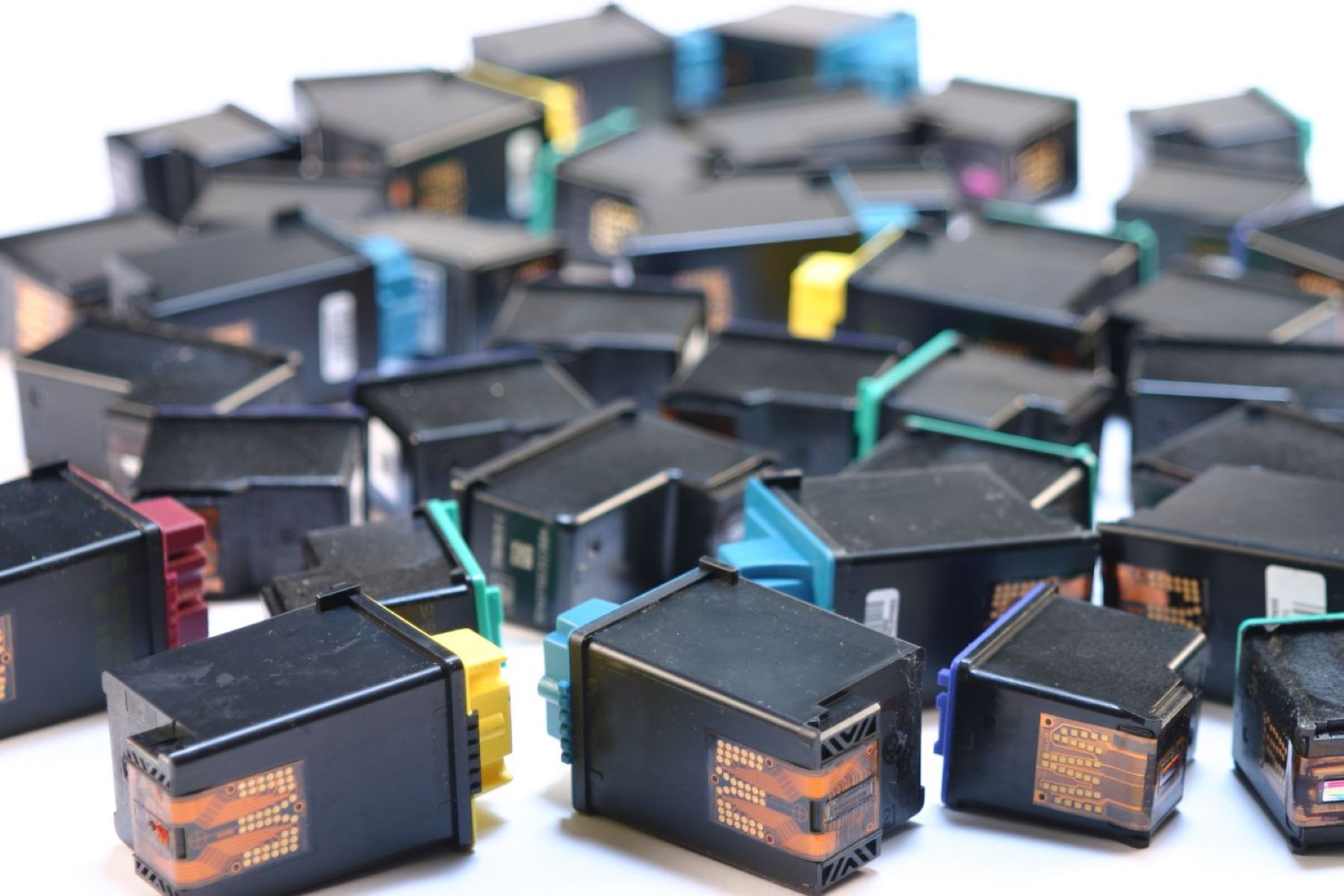
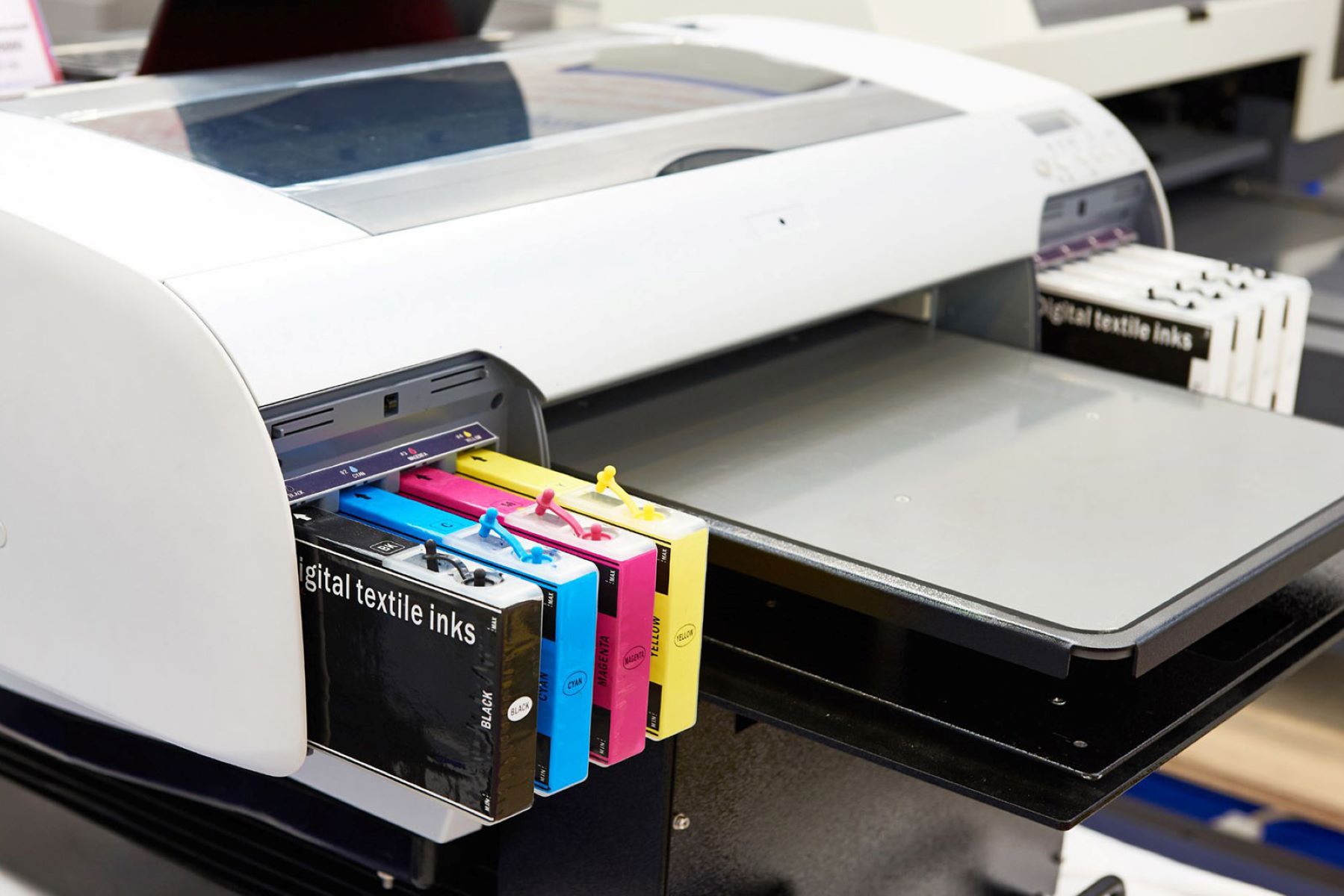
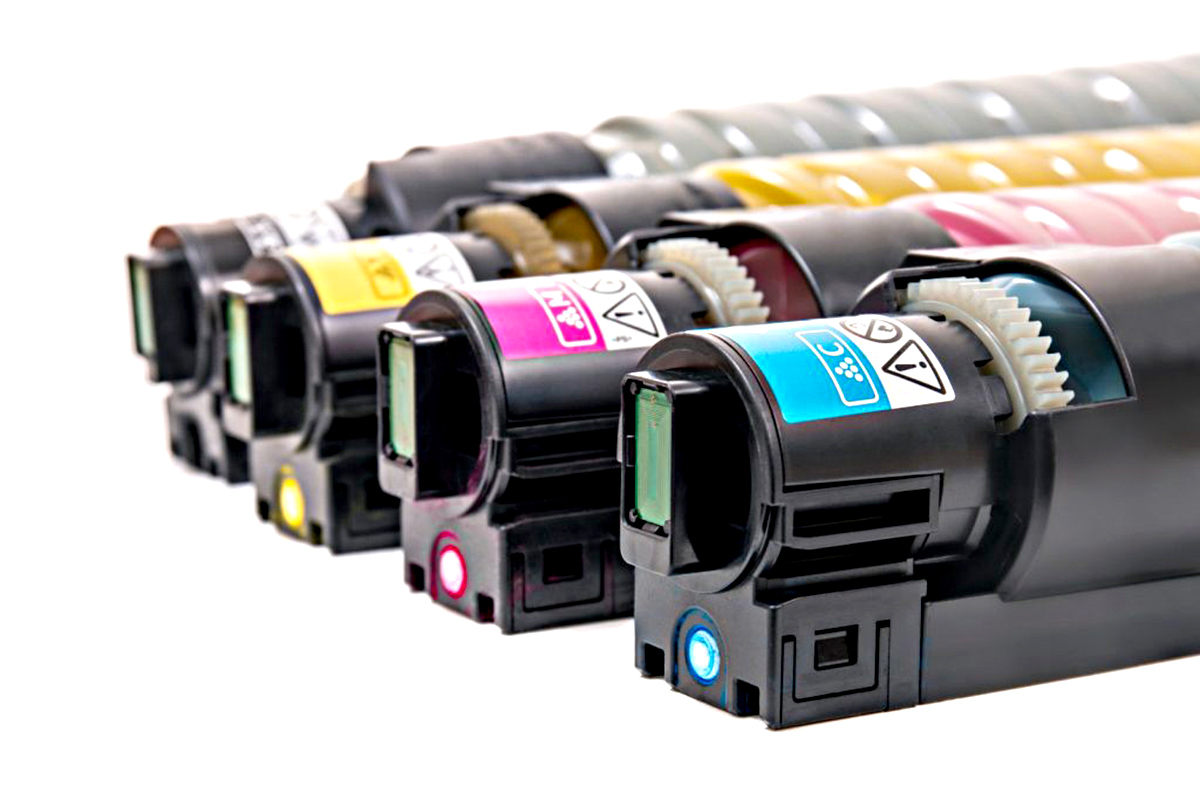
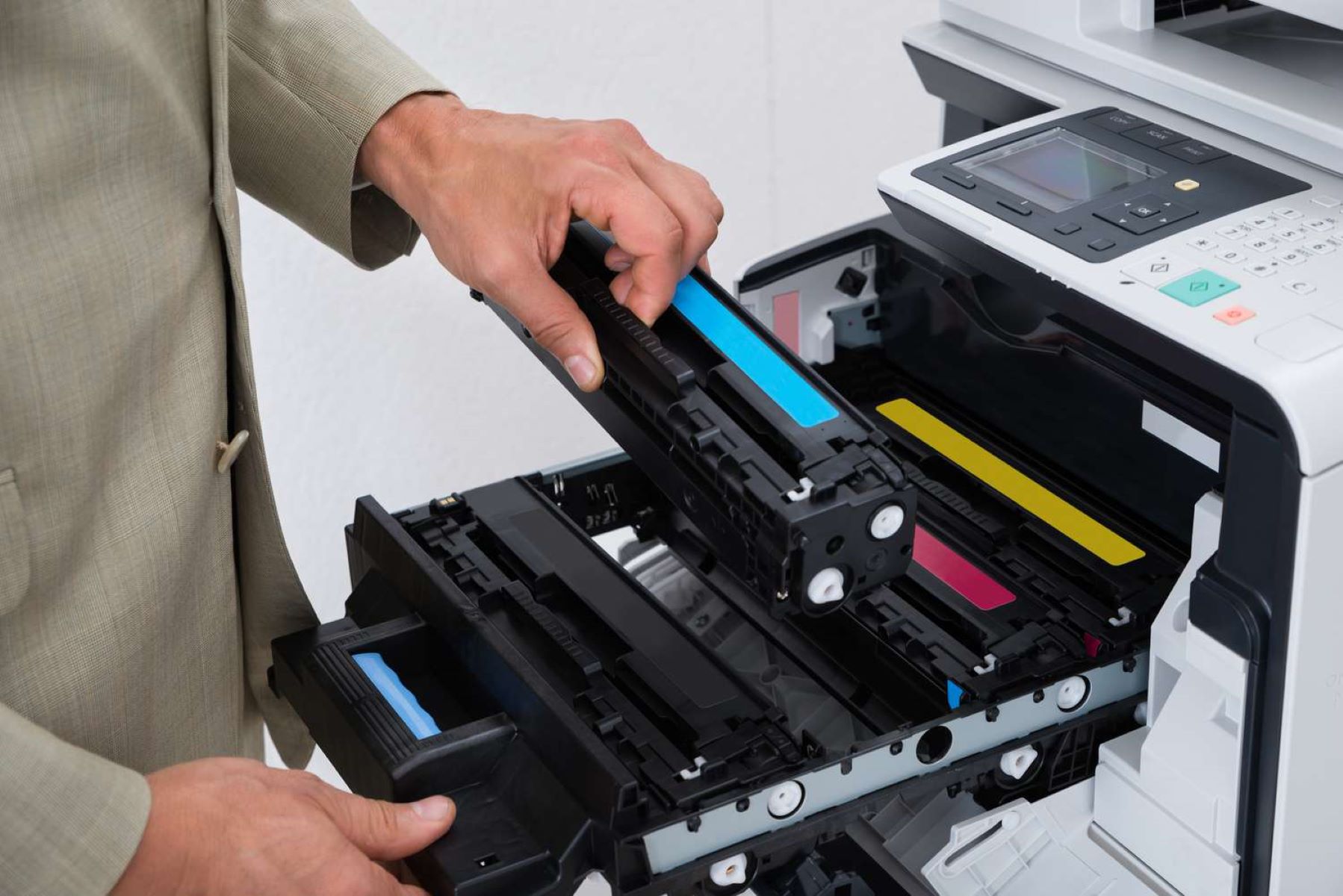
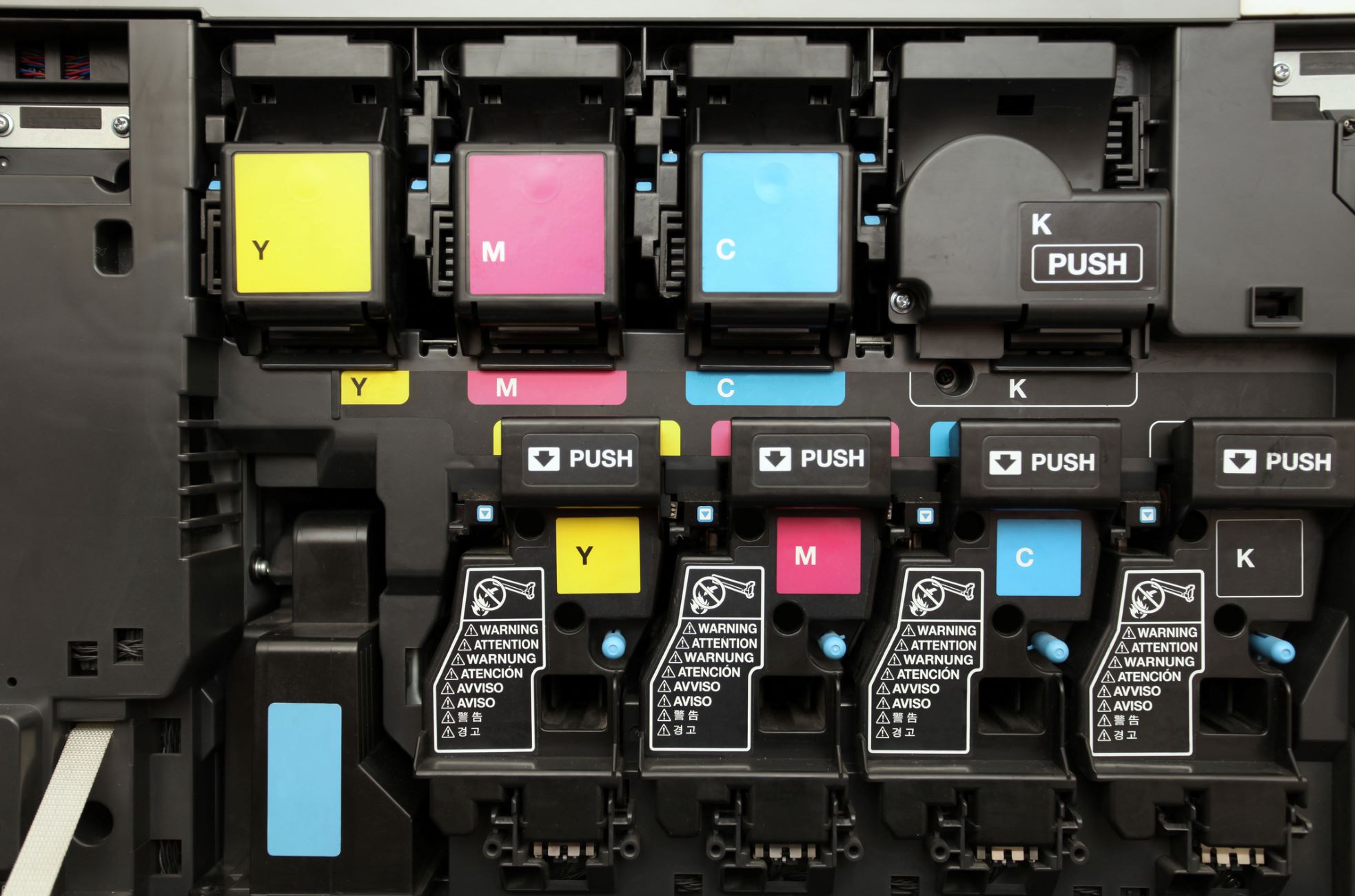
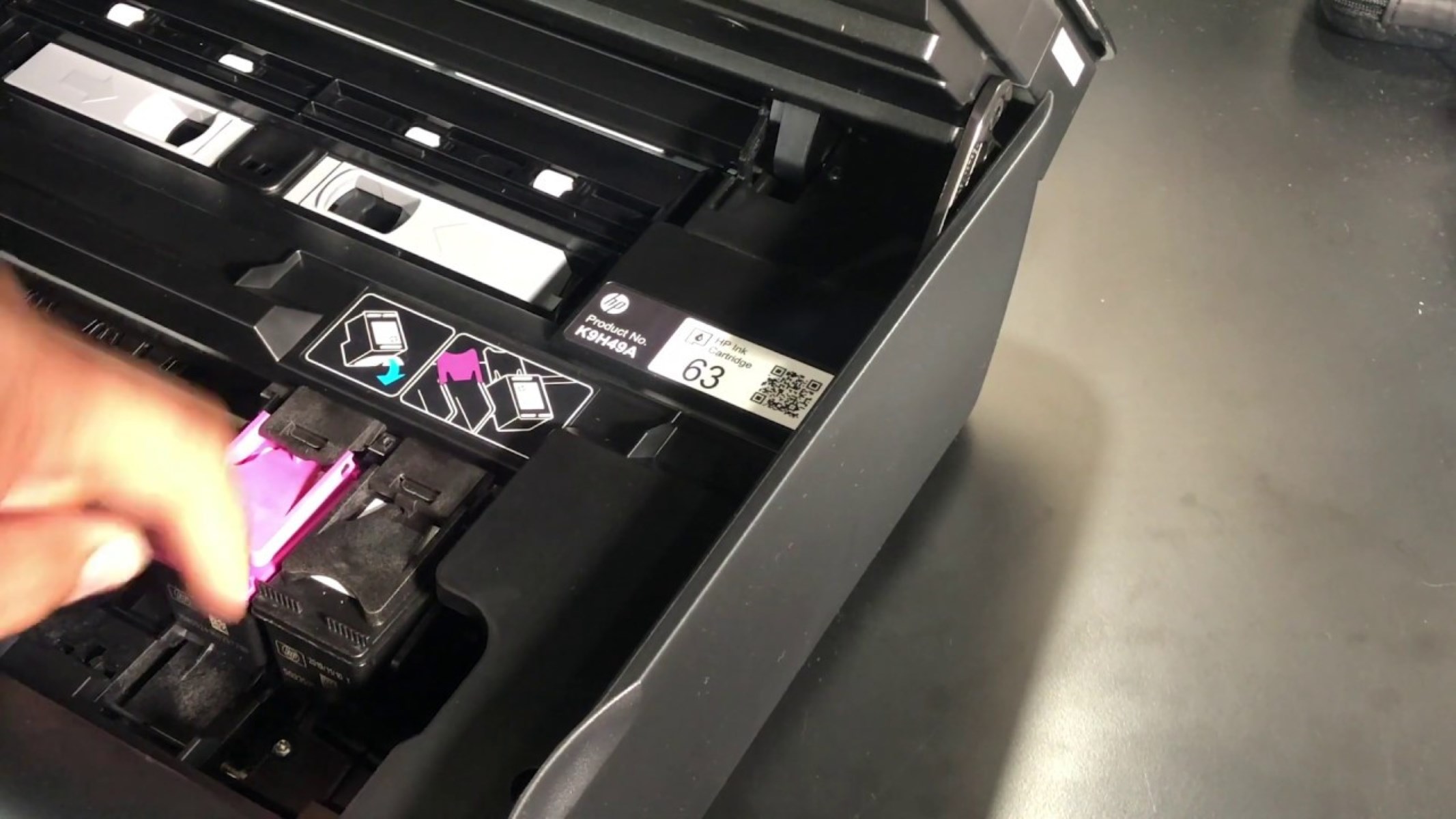
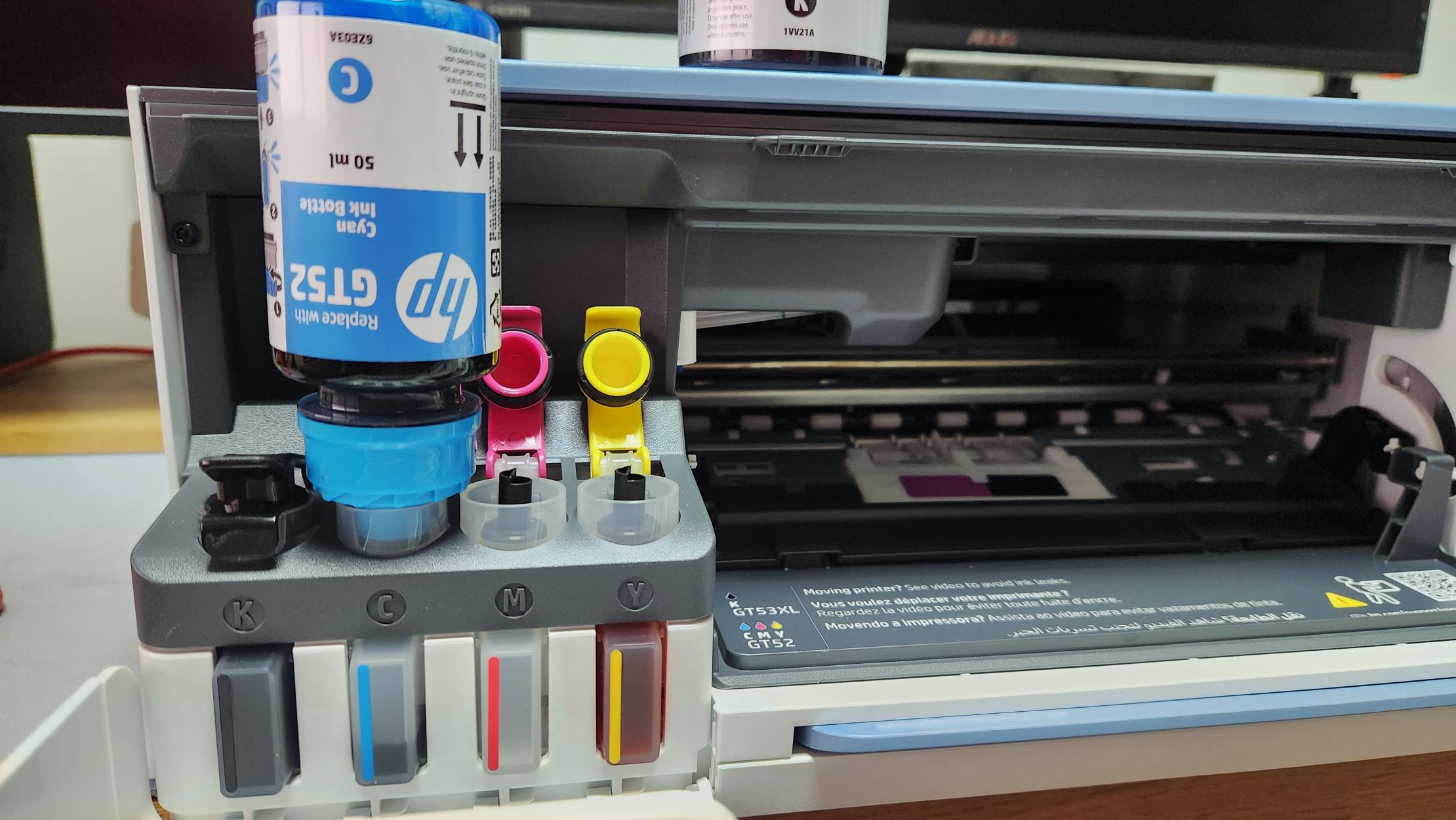
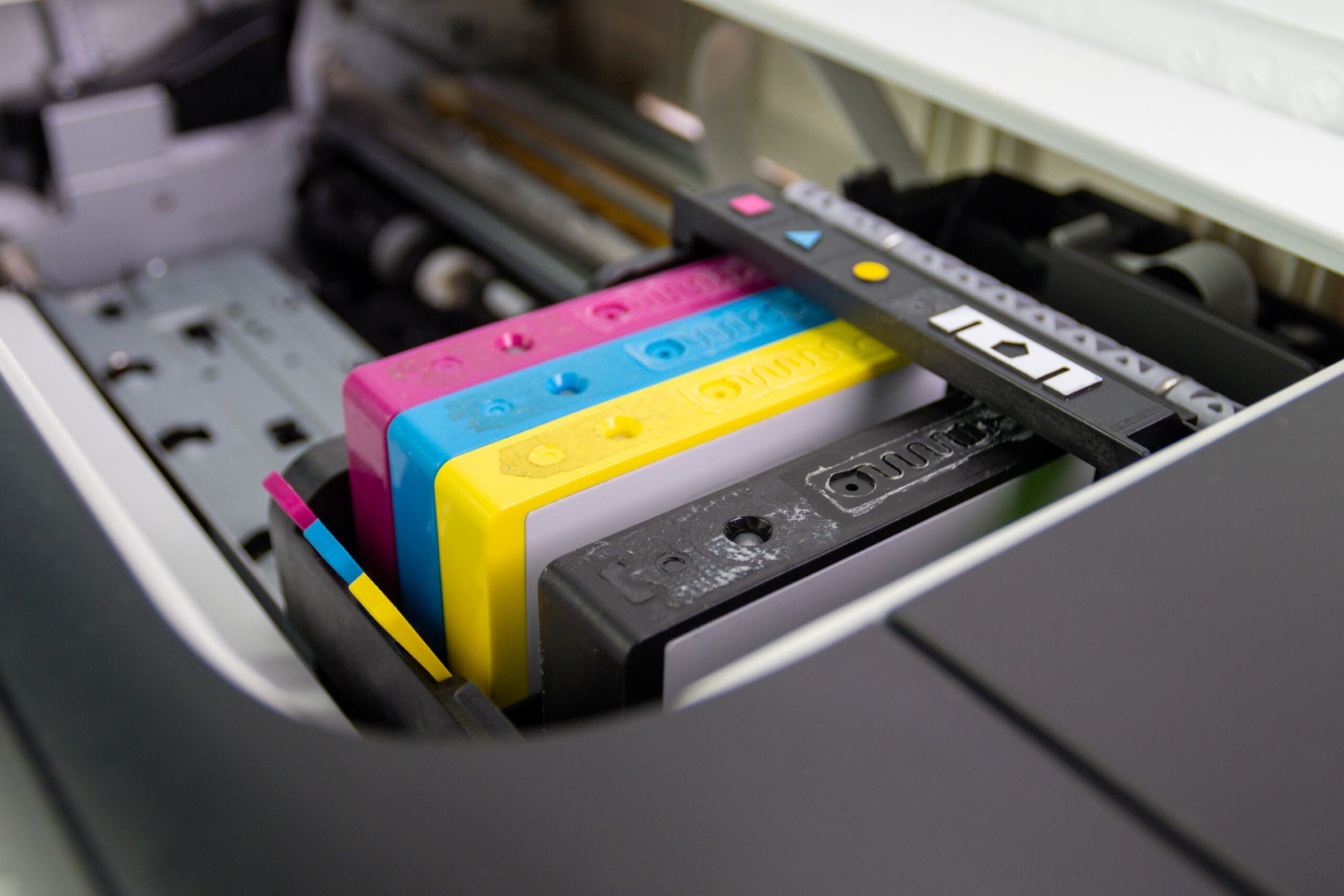
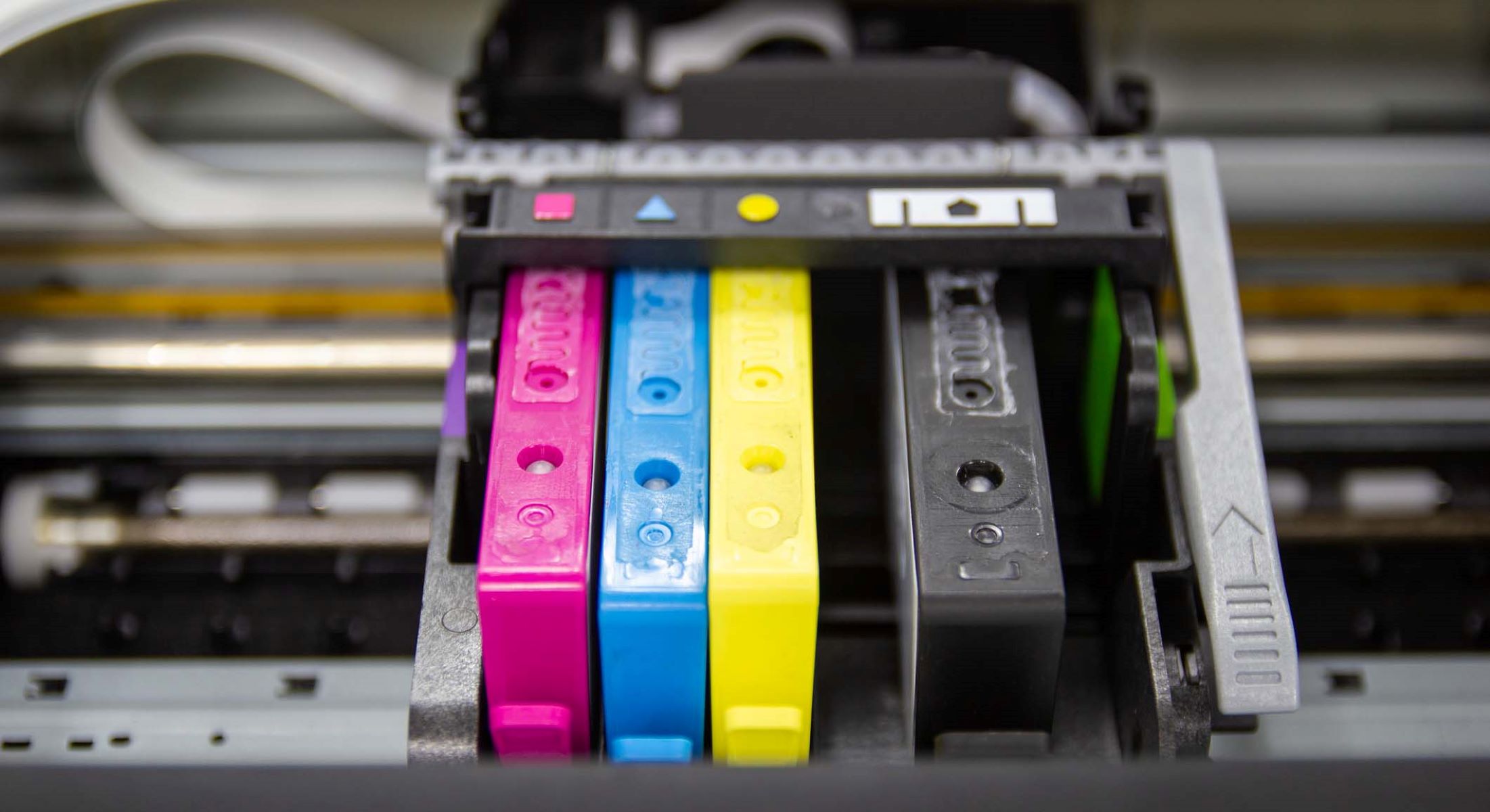
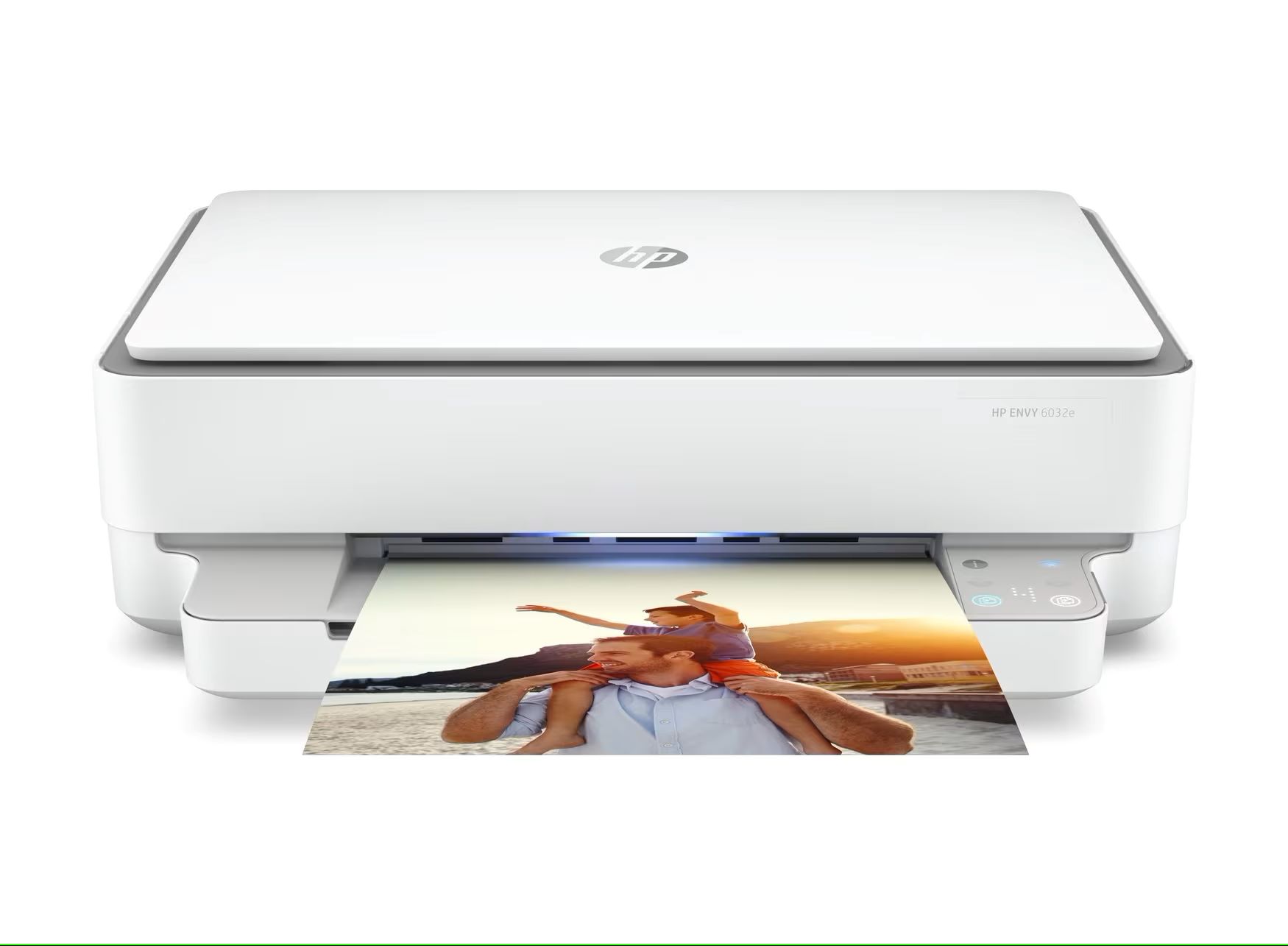
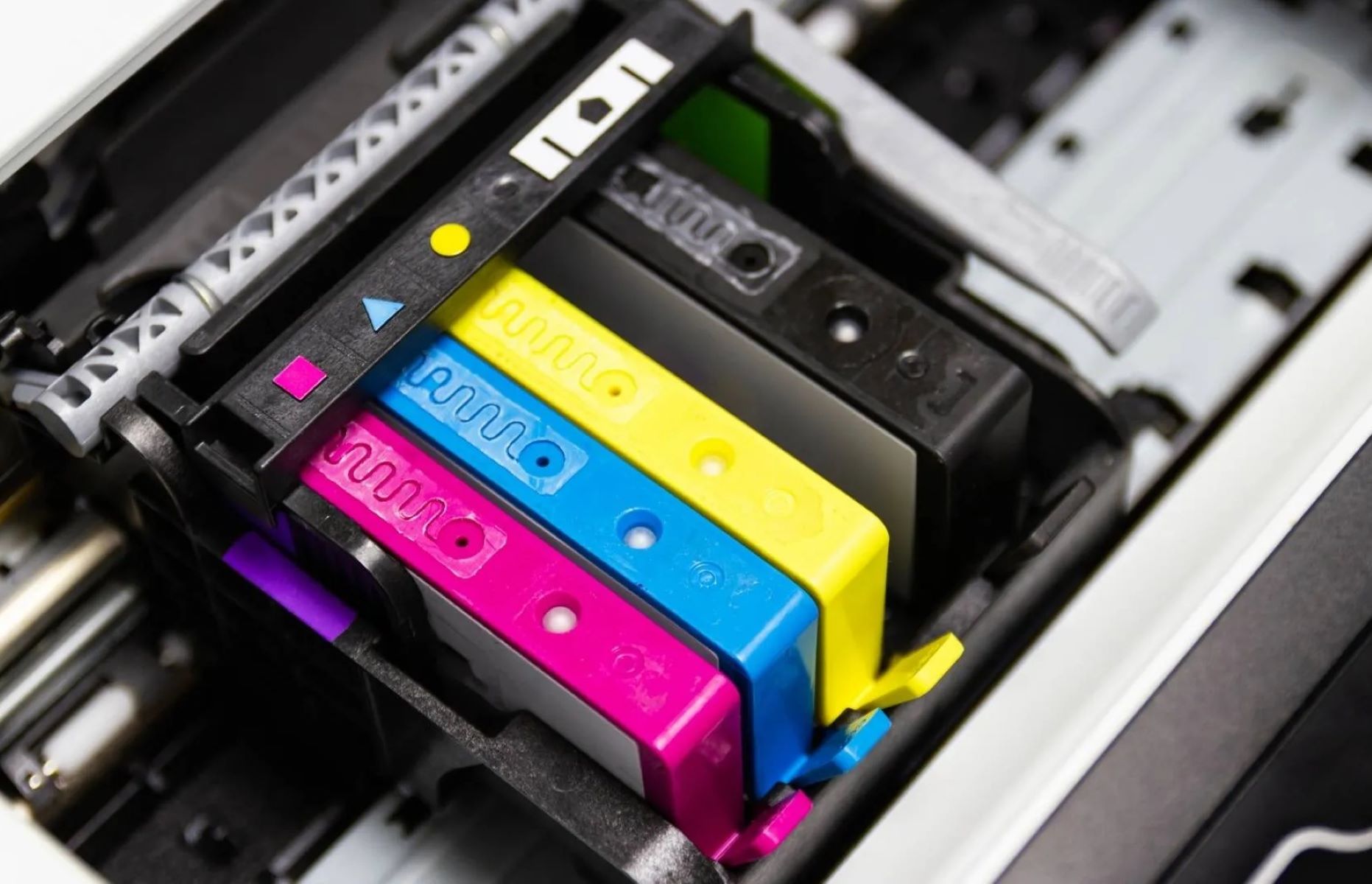
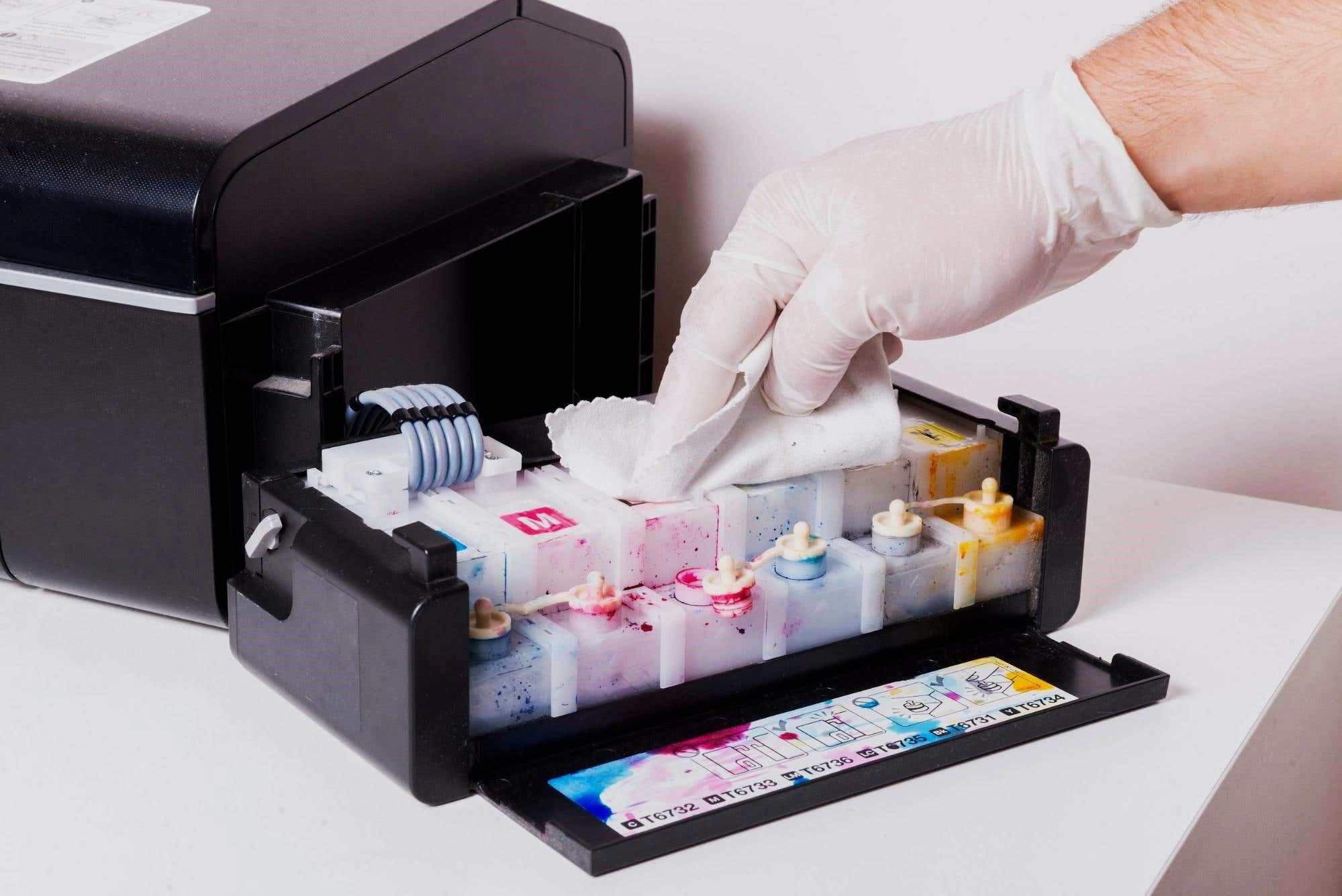
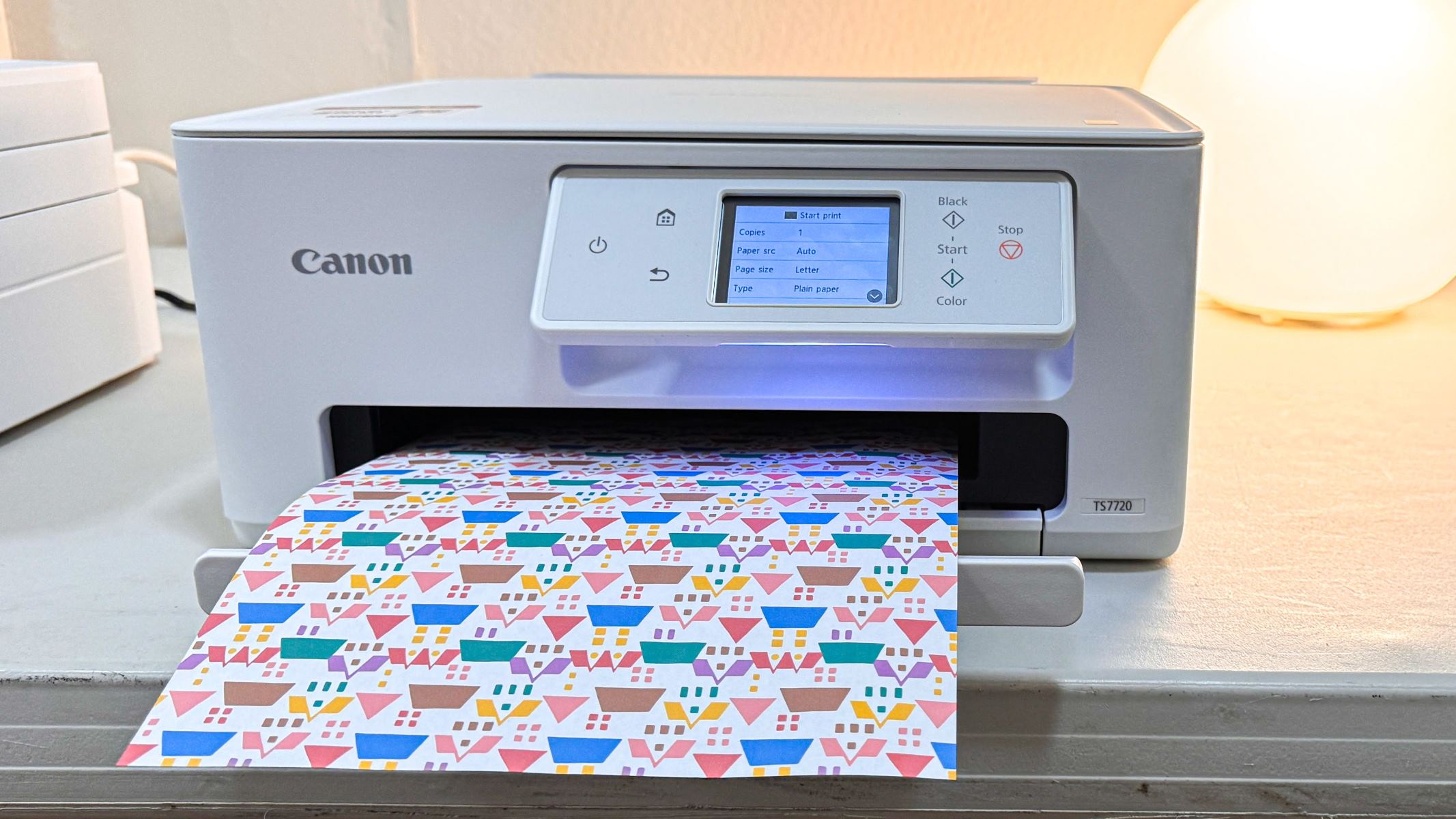
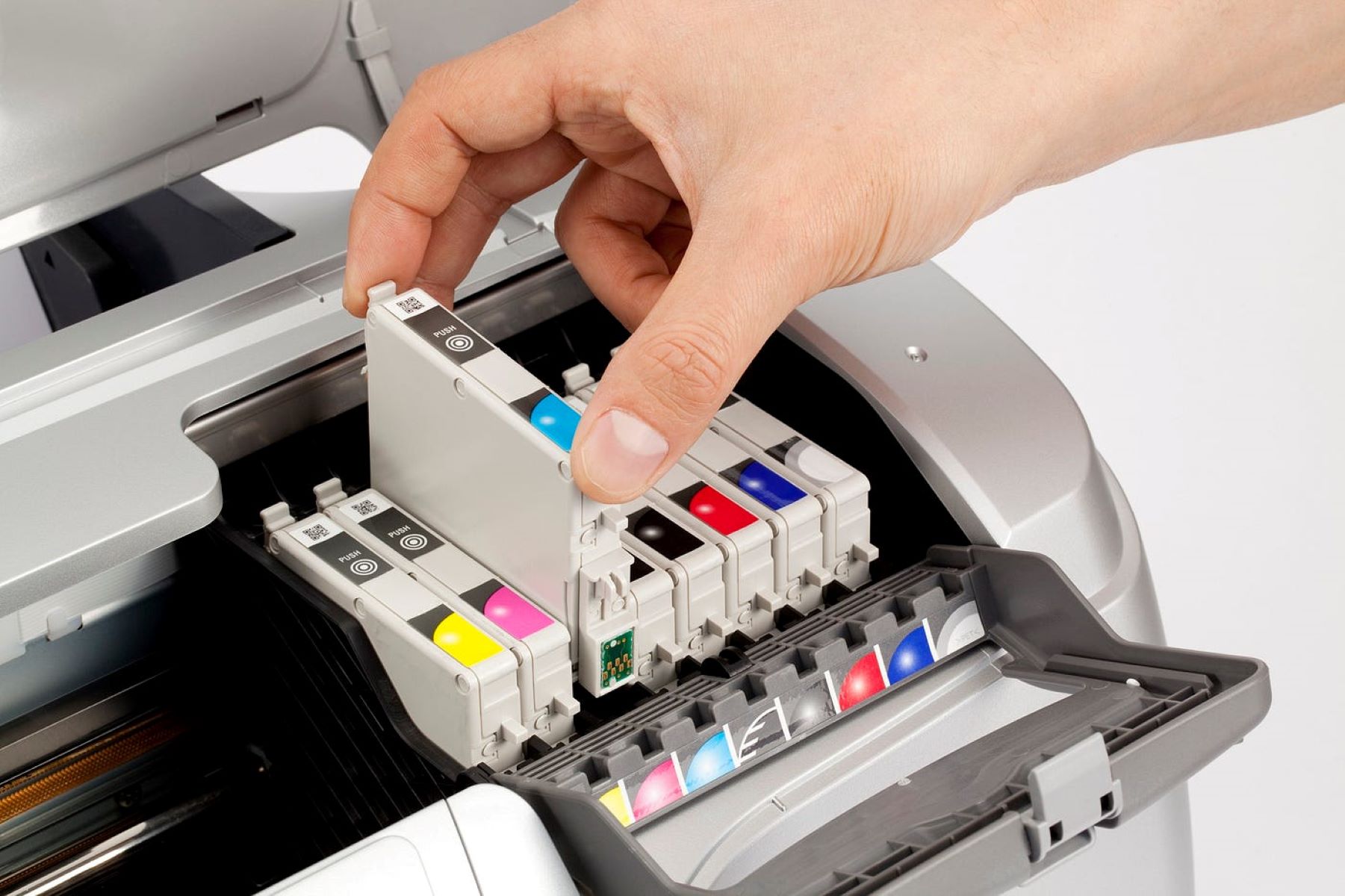
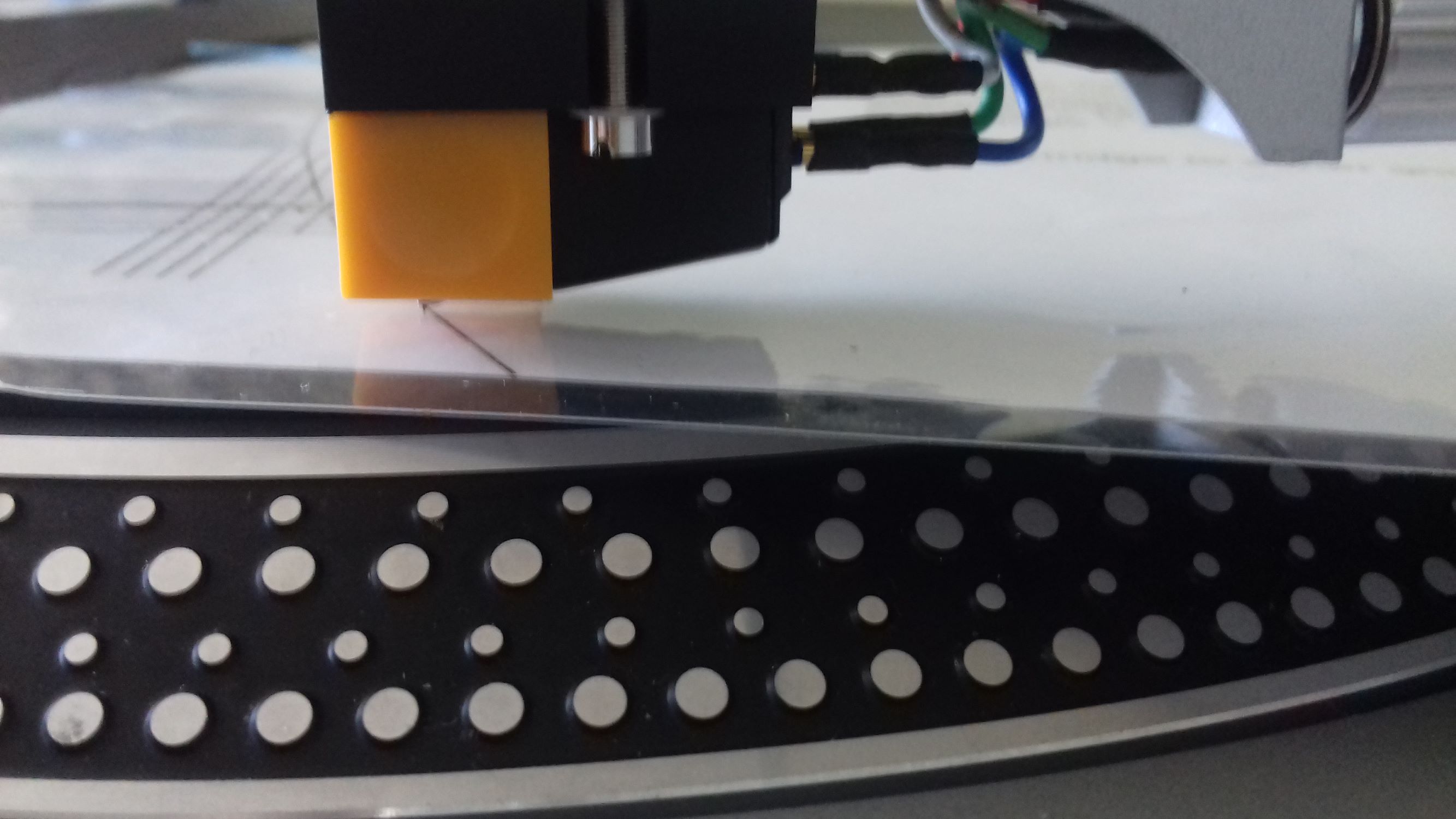

0 thoughts on “How Long Do Printer Ink Cartridges Last”